Since October 9th, Paris has been hosting the exhibition “Al’Ula, wonder of Arabia: the oasis of 7000 years of history” at the Institut du Monde Arabe in partnership with the Royal Commission of Al’Ula.
Scheduled for January 19, 2020, the end of the exhibition has been postponed to March 8 following the success of the public.
This exhibition is part of the actions of rapprochement between Saudi Arabia and France following the visit of Mohammed ben Salmane in April 2018, France having to transform the historic region into a tourist place.
Inhabited for millennia, the Al’Ula region is home to many secrets, from its scriptures, tombs, and shrines, its tracks and caravans transporting incense, myrrh and spices without forgetting its 3 oases (Dadan, Hegra and Qurh) and its palm groves. Since Antiquity, it has been a prosperous region. Al’Ula is located in a valley of about thirty km between massifs of sandstone and basalt in the province of Medina in the northwest of Saudi Arabia, about 200 km southwest of Tayma and 400 km northwest of Medina. We discover monuments with rare objects.
Exclusive films by Yann Arthus-Bertrand accompany the visit to the exhibition, revealing archaeological research (axes, bifaces, cutting tools from Paleolitic, stone structures from Neolitic …) and showing the societies and civilizations that existed in the region which contains many prehistoric remains represented by rock engravings (hunters, dromedaries, ostriches, ibex, felines, cattle …) on the rock walls as well as thousands of inscriptions engraved and written in the different alphabets of Arabia ancient (Aramaic, Dadanite, Thai, Minean, Nabataean, Latin and Greek).
For more than 20 years, the 2 curators of the exhibition, Leila Nehmé (French archaeologist and epigraphist) and Abdoulraman Alsouhaibani (Saudi archaeologist) have worked together to build a journey into the history of this unique place where peoples have come and gone. of the Neolithic, kingdoms of Dadan and Lihyân, Nabatean civilization, Roman Empire, Umayyad and Abbasid caliphate but also Ottomans … Finally, the beginning of the XXth century saw the construction of the Hijâz railway which linked Damascus to Medina, becoming a road additional for Muslim pilgrimages to Mecca and Medina.
A crossroads on the caravan tracks, the Al’Ula region was prosperous from Antiquity thanks to its oases. During the Dadanite then Lihyanite kingdoms, the capital was Dadan (today Al-Khuraybah), political, economic center (thanks to the commercial circuits which dominated during more than 7 centuries) and religious with its sanctuaries including 2 dedicated to the deities of the water and agriculture, and its rock tombs with their funeral traditions.
The Nabataeans, large caravan traders from Petra in Jordan, settled there in the 1st century BC and moved the capital to the new city surrounded by ramparts, Hegra, also called Al-Hijr (currently Madâin Sâlih). Approaching the Red Sea, they stayed there until the 5th century AD and built an enormous rock funerary architecture and places of worship there. Hegra was integrated into the Roman Empire in the 2nd century AD, until around the 4th century. Regarding language and writing, they use Nabataean, a local variant of Aramaic. It is considered to be the direct ancestor of the Arabic script that appeared in the 4th century AD.
During the Islamic period, Qurh (to this day, Al-Mâbiyât) was the most important city between the 7th and 10th centuries; it has taken over from the 2 other existing oases and becomes a compulsory stopover for pilgrims going to Mecca or Medina.
The Ottomans were present in Al’Ula from the 16th century to the beginning of the 20th century. The construction at the end of the 19th century of a railway line between Damascus and Mecca for believers who go on pilgrimage is proof of their presence. Inaugurated in September 1907, it was definitively abandoned in 1920 without reaching Mecca, the last station being Medina. Local materials were used to build the 96 stations on the line.
Thanks to the presence of groundwater, irrigated agriculture (gardens sheltering orange trees, mango trees, fig trees, olive trees, cotton …), date palms, cereals and legumes (lentils, chickpeas …) as well as animal husbandry have could be set up; the water table comes from rainwater flowing over the rocky reliefs towards the plain. Due to the arid climate and low rainfall, the inhabitants have created techniques for the recovery and storage of water, transmitted from generation to generation, including wells, cisterns and qanats (set of vertical wells connected to a gallery slightly sloping drainage system that carries water to tanks or an emergency).
Exhibition “Al’Ula, wonder of Arabia: the oasis of 7000 years of history”
October 9, 2019 – January 19, 2020 / extension until March 8, 2020
Institute of the Arab World: 1 rue des Fossés St Bernard / Place Mohammed V 75005 Paris
(Closed on Mondays)
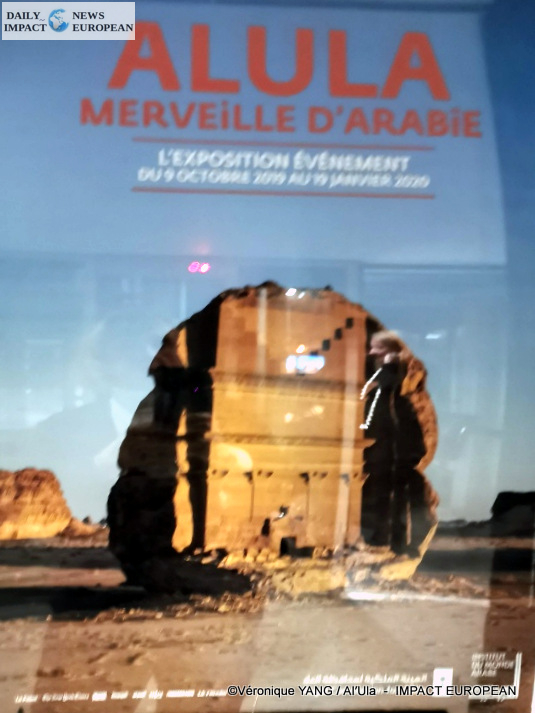
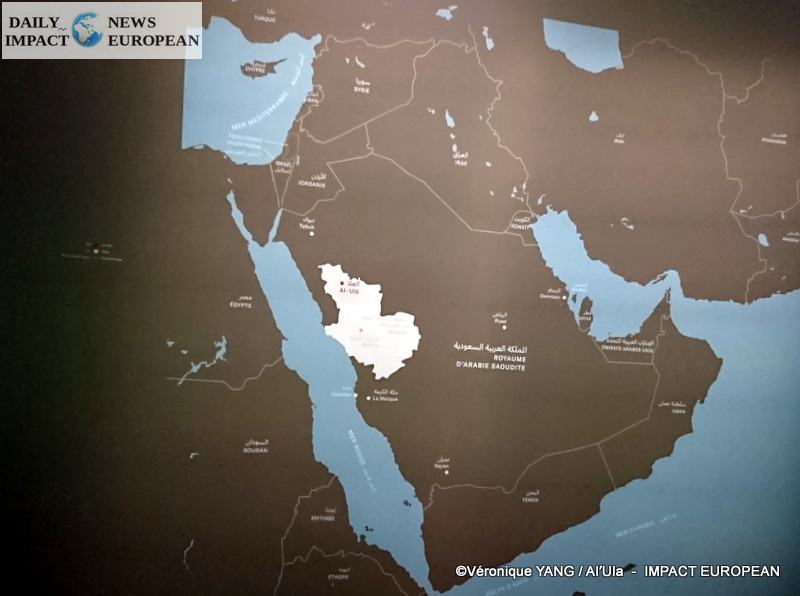
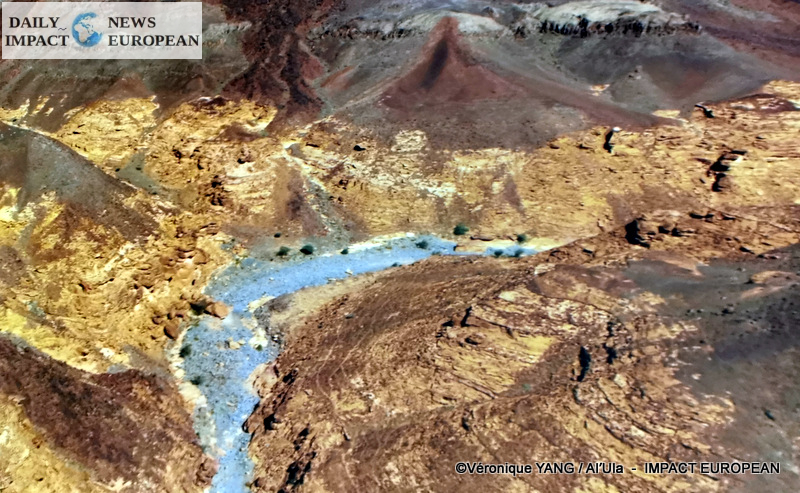

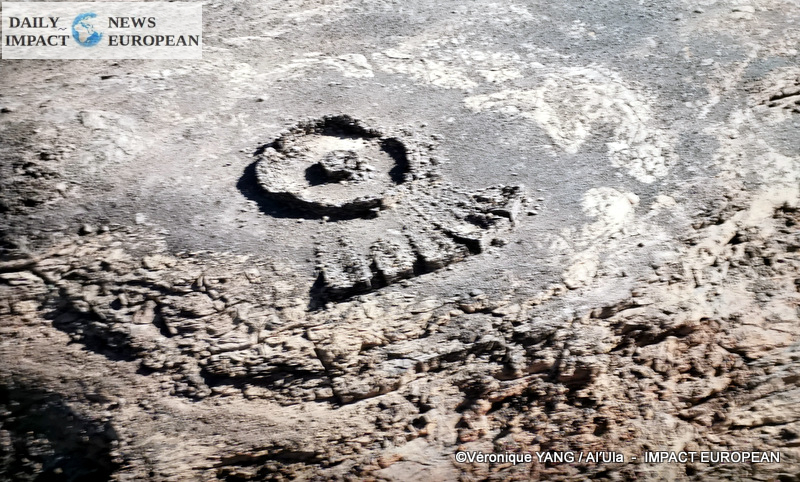

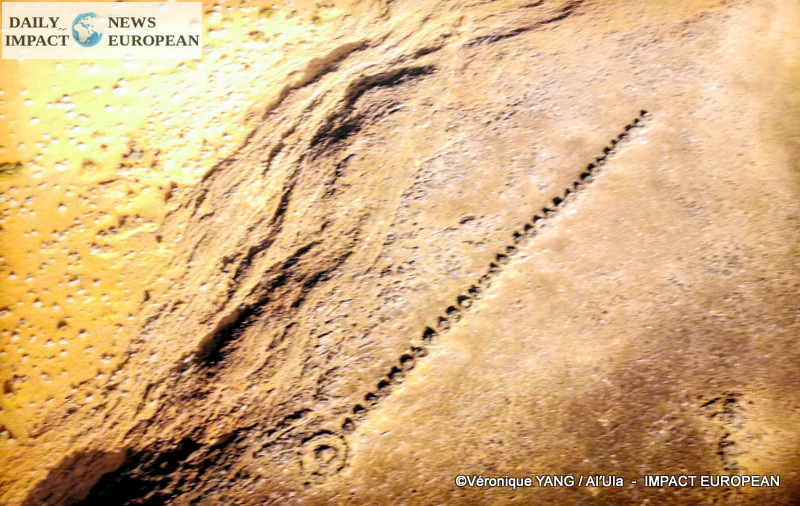
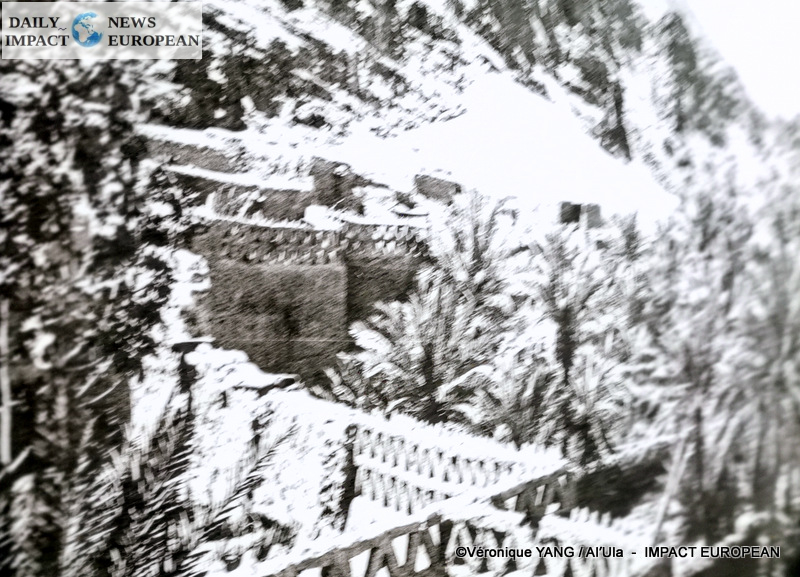
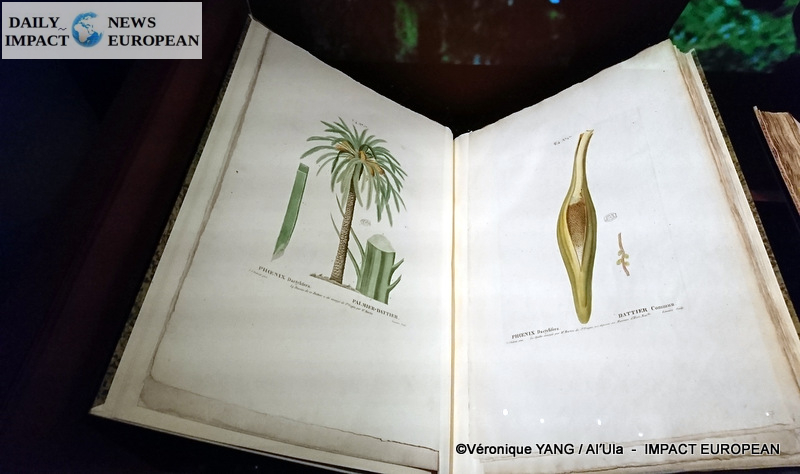
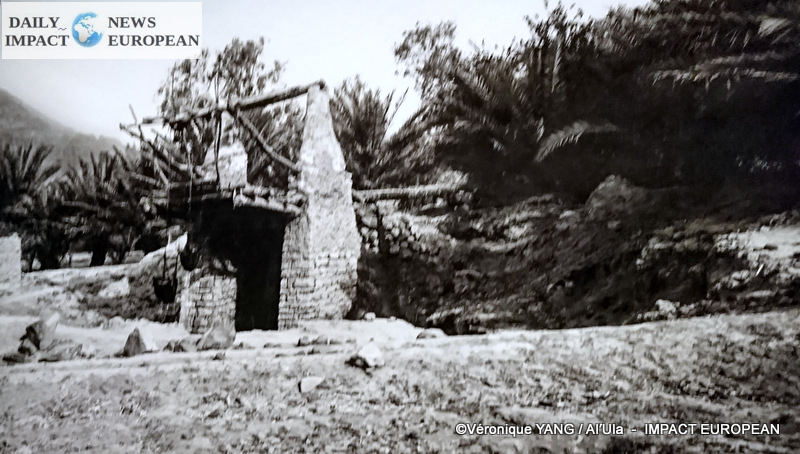

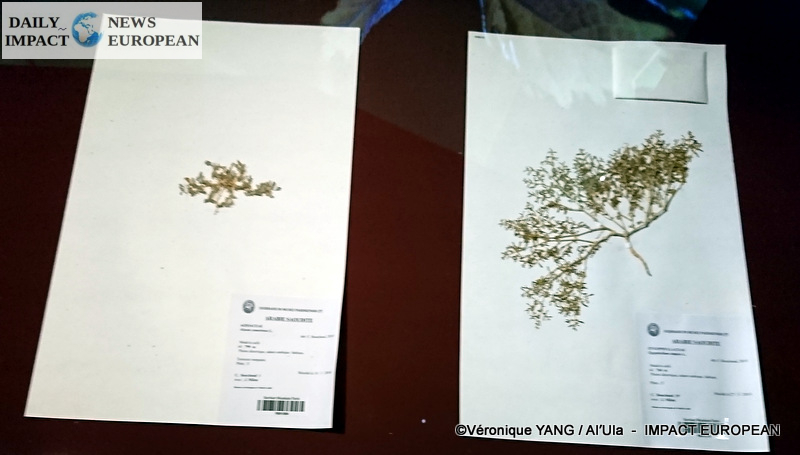
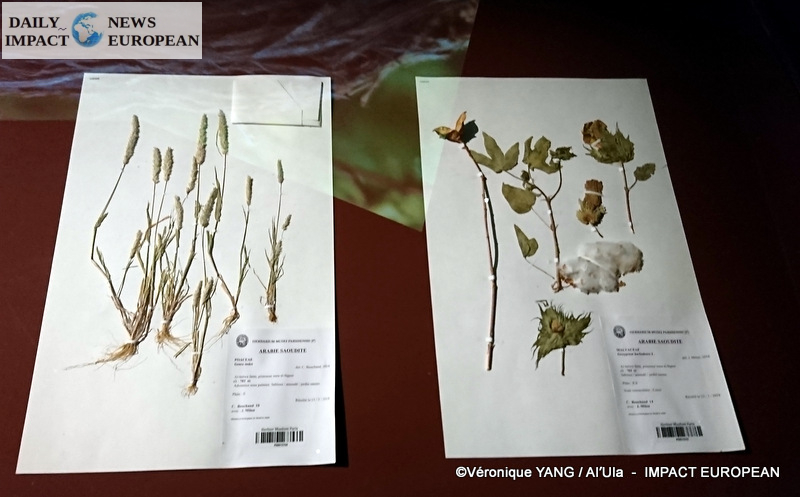


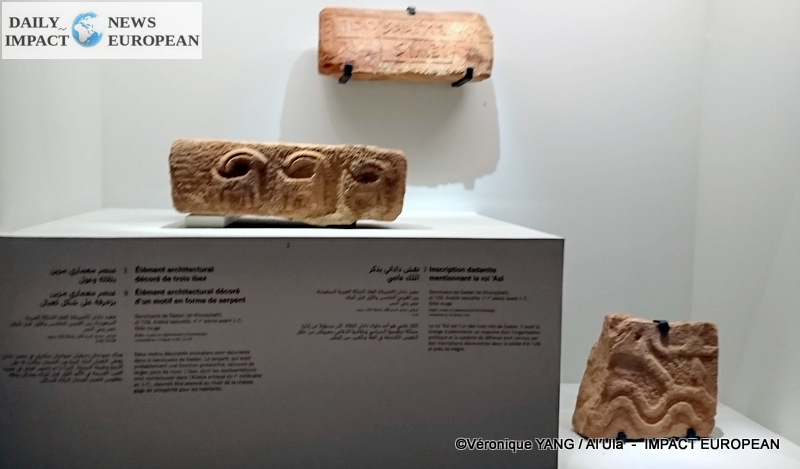
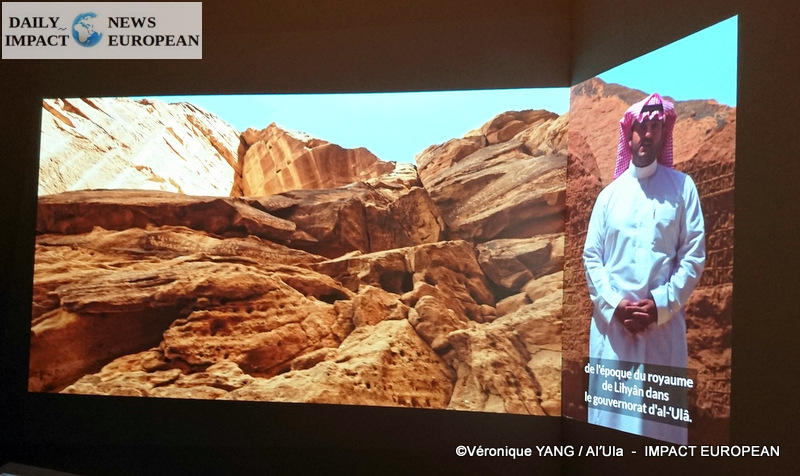
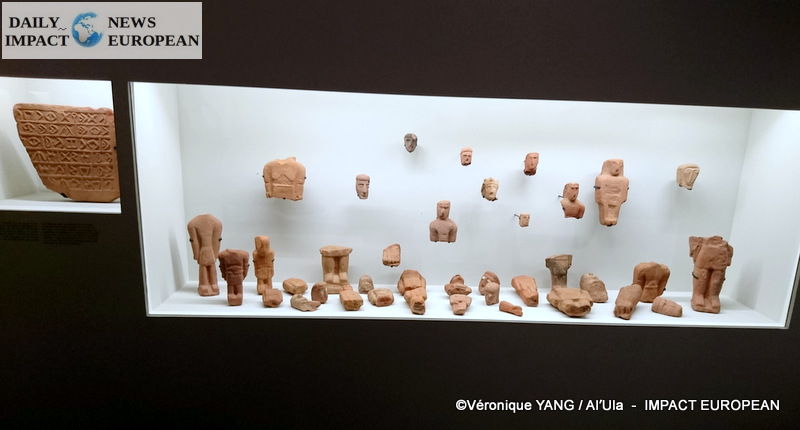
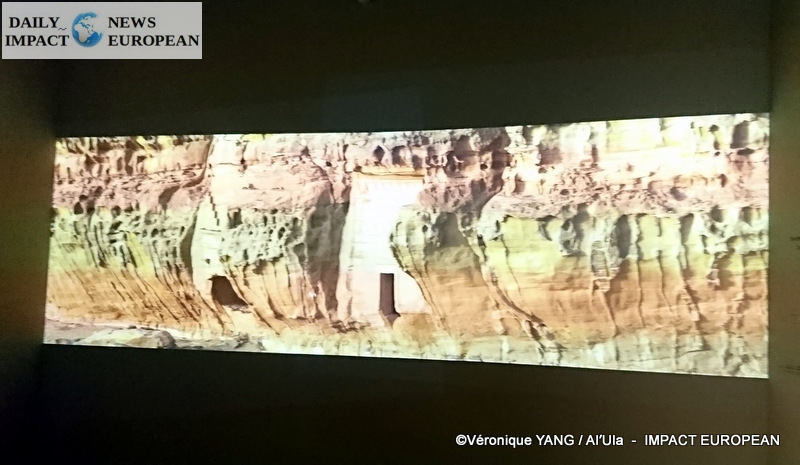
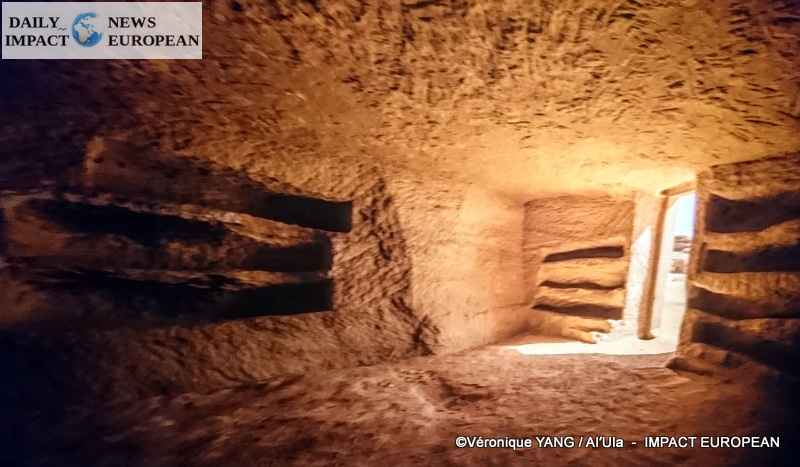
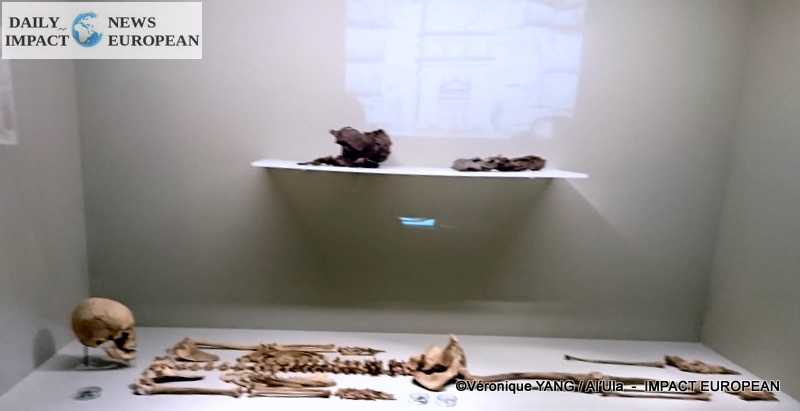
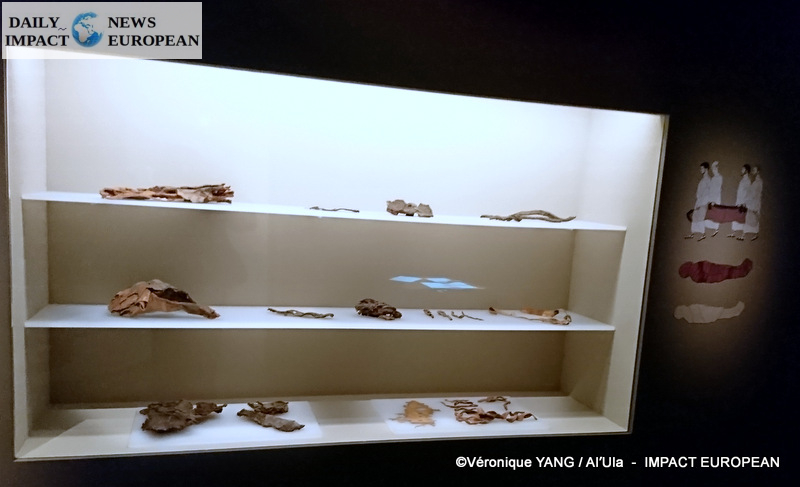
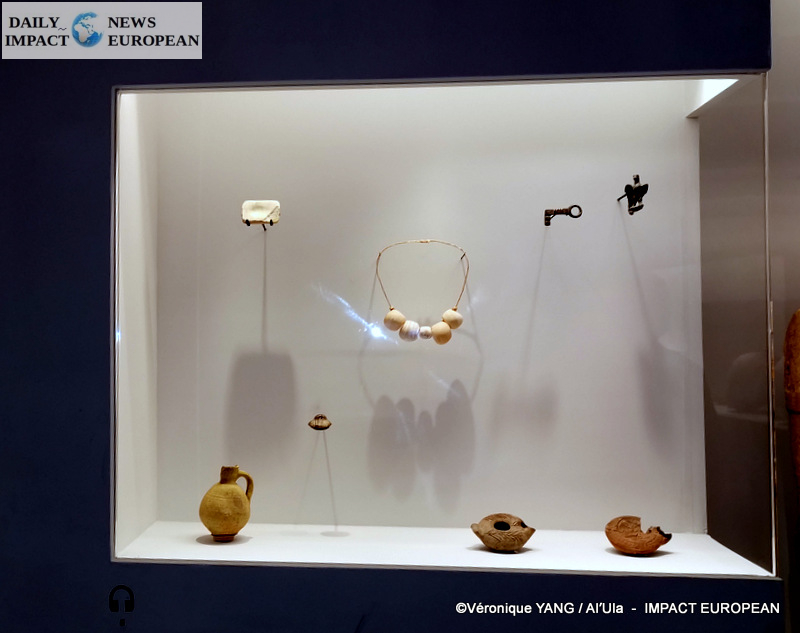
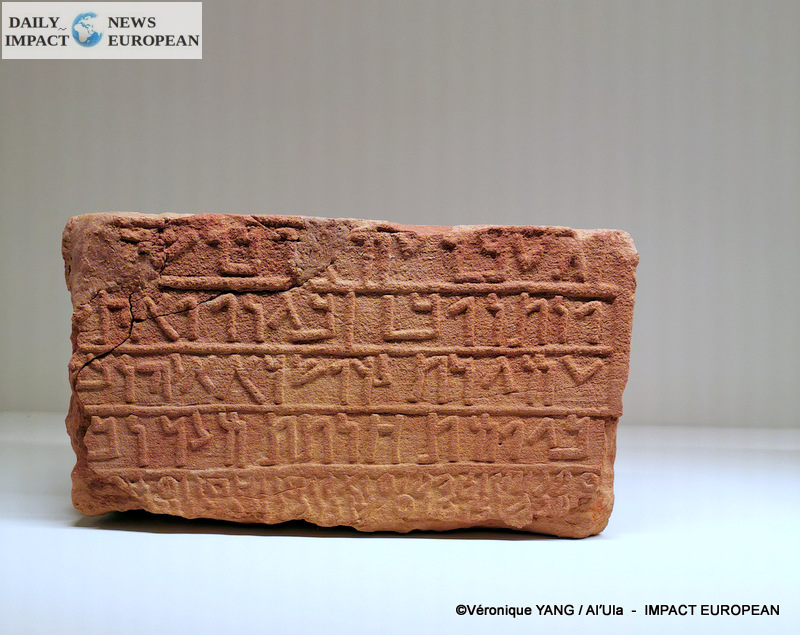
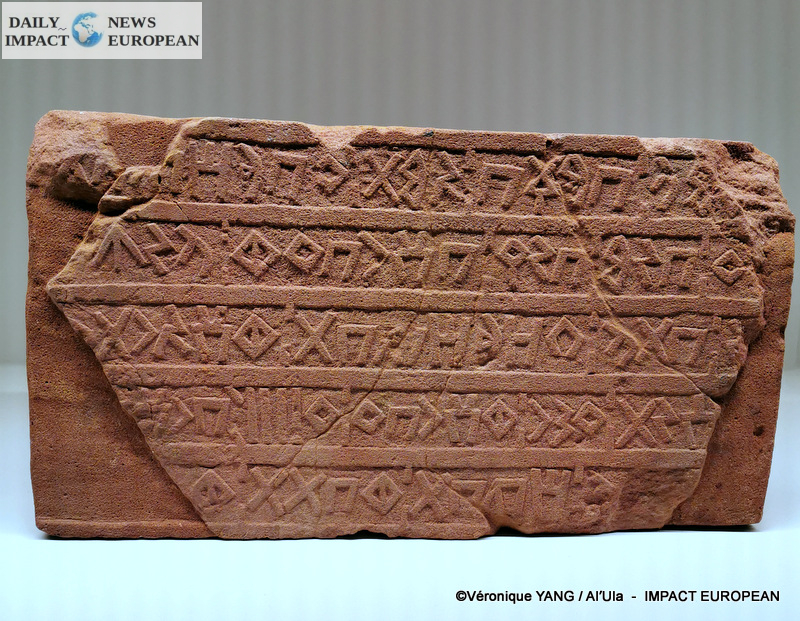
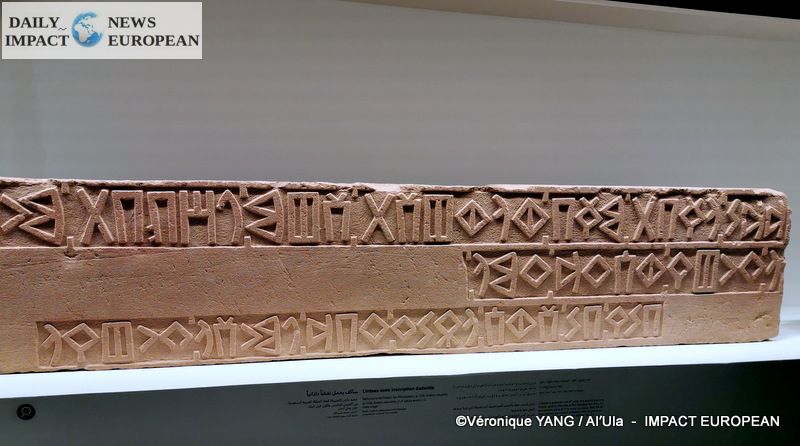
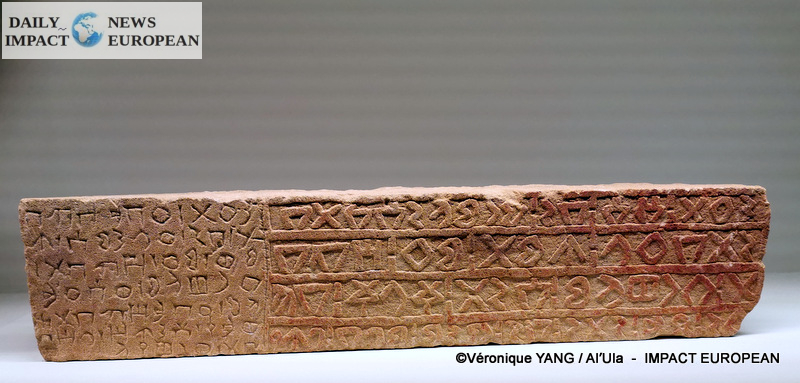
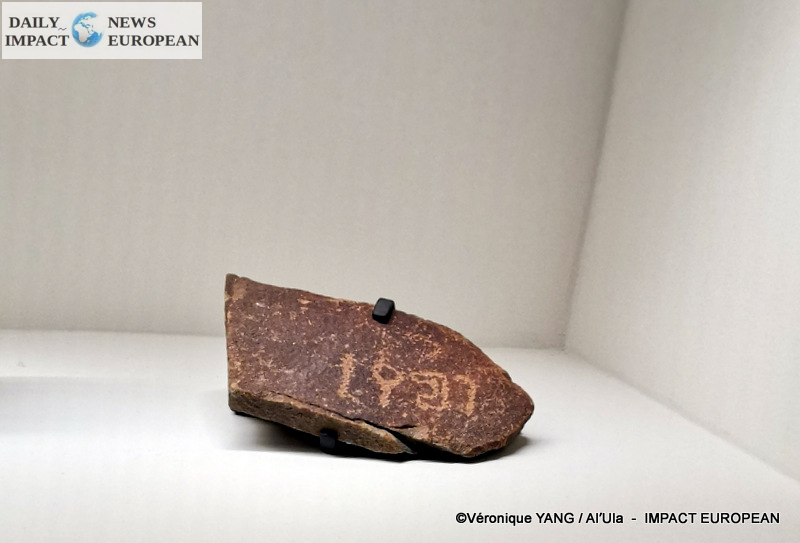
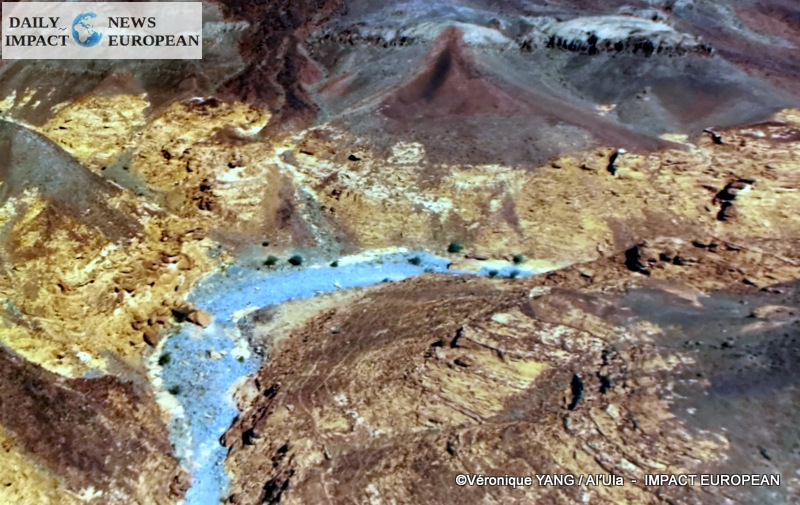
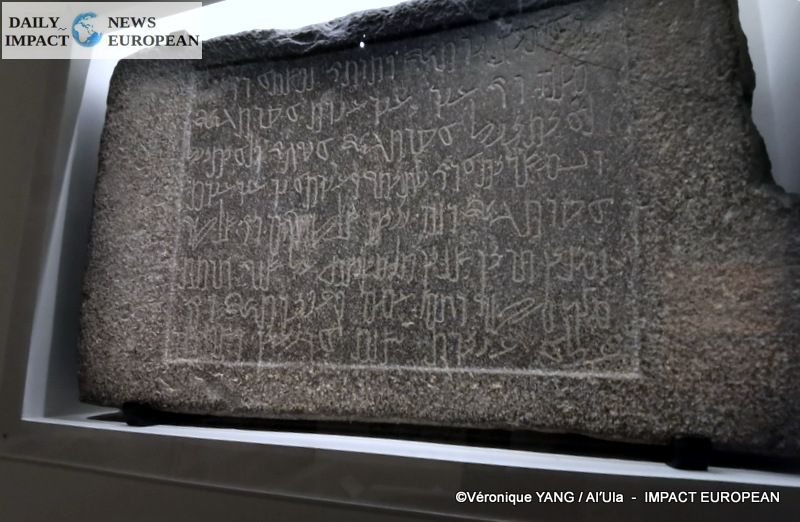

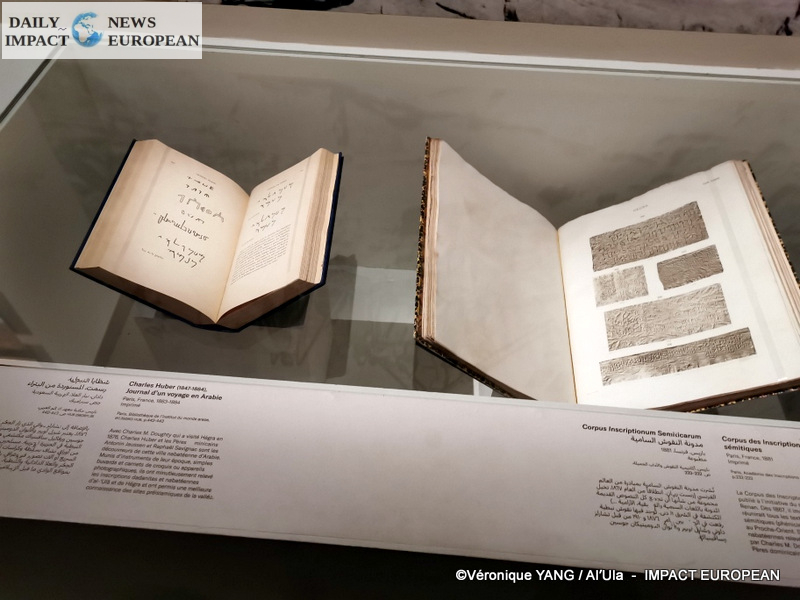
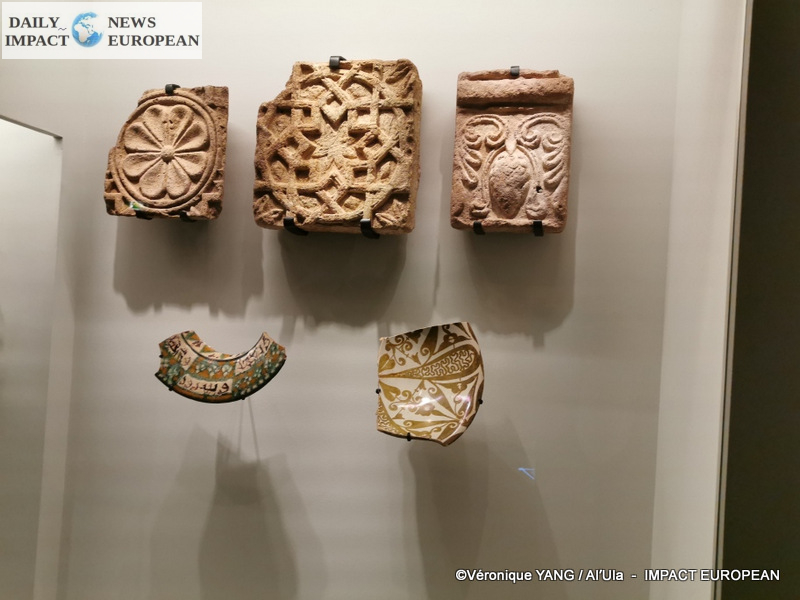
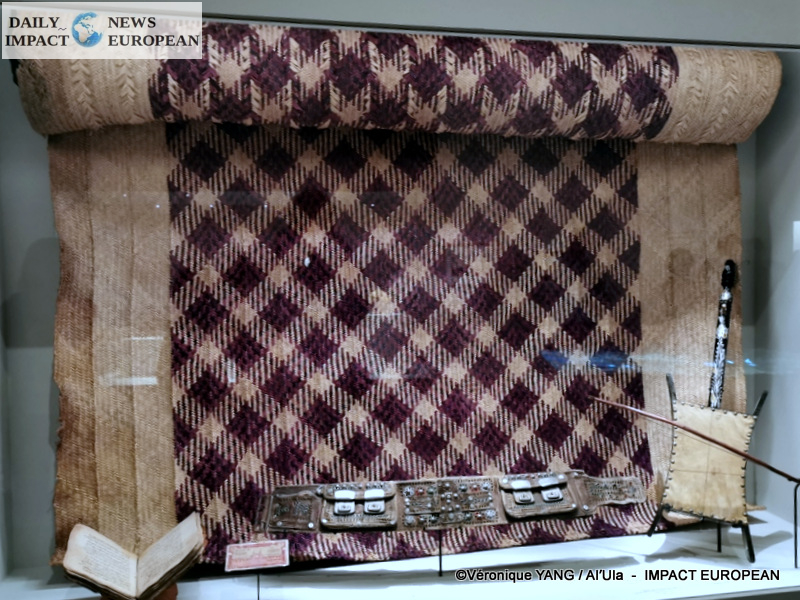
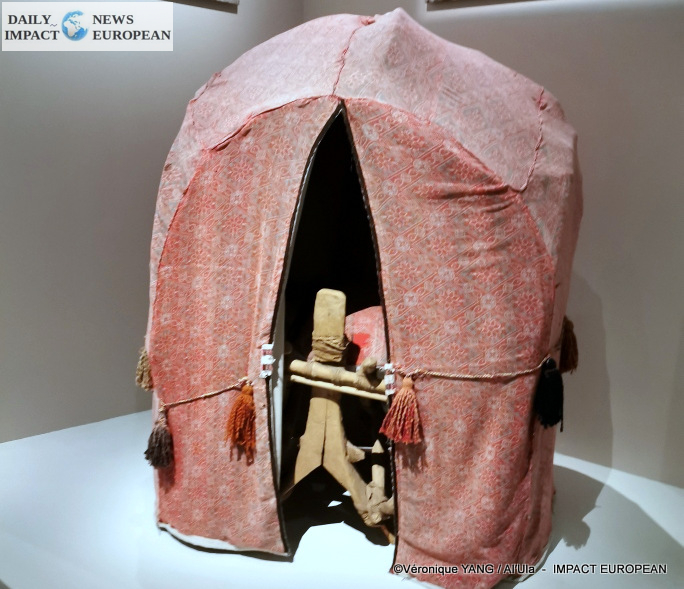
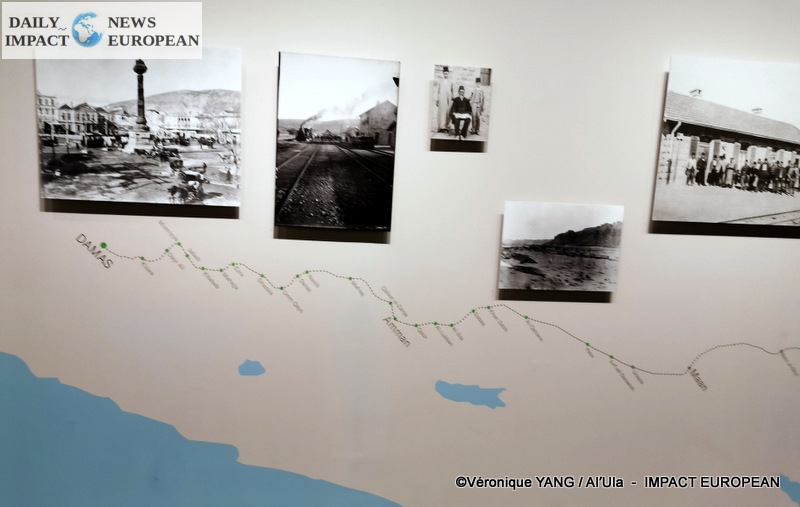
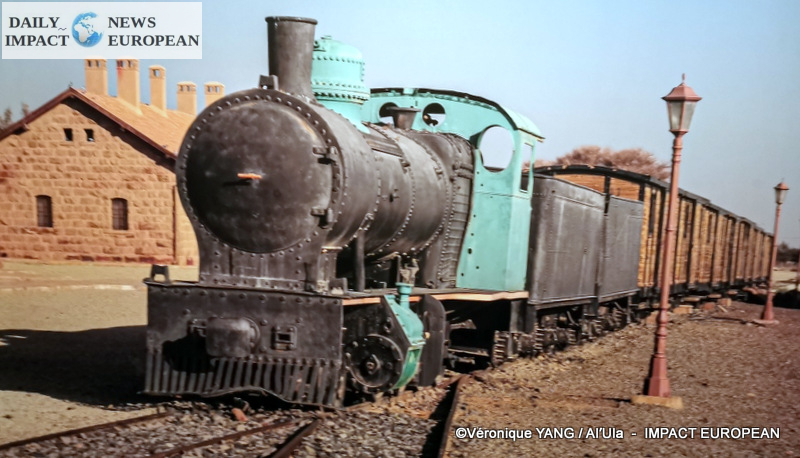
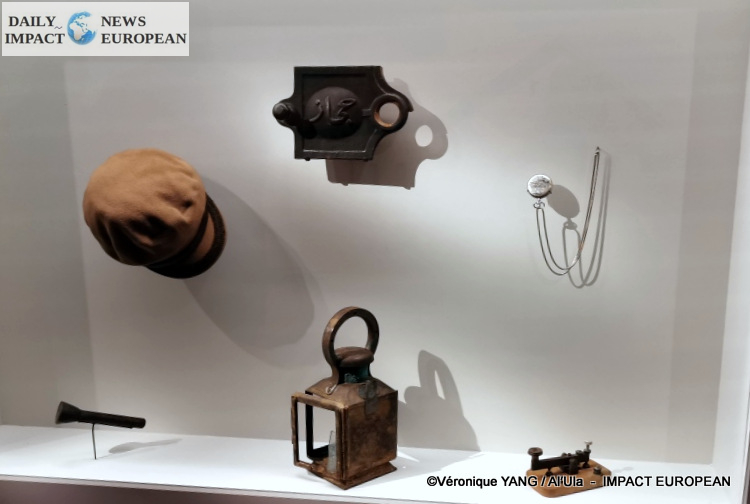

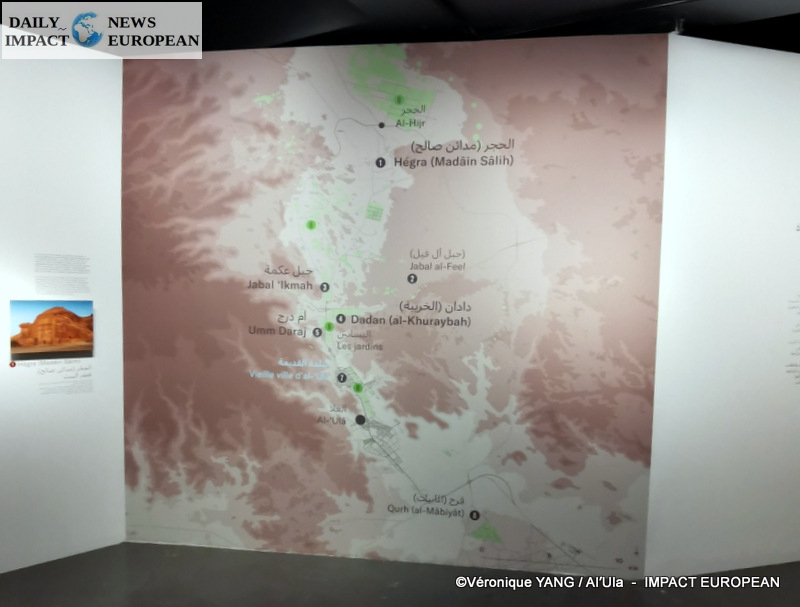
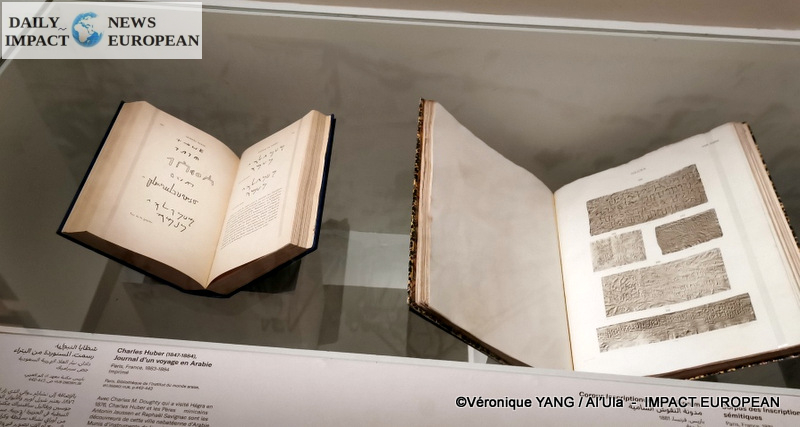
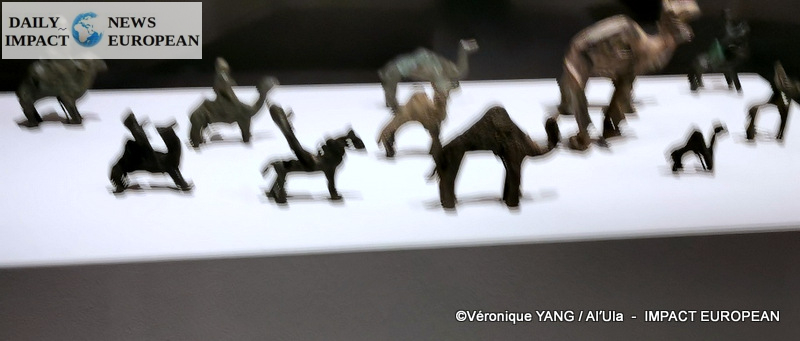
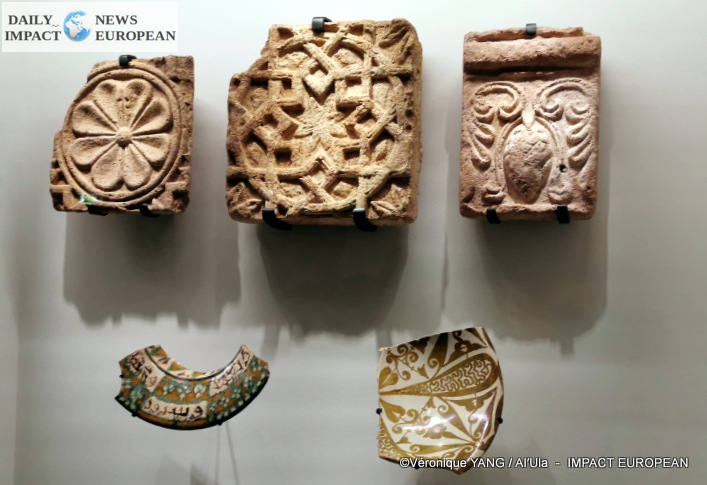

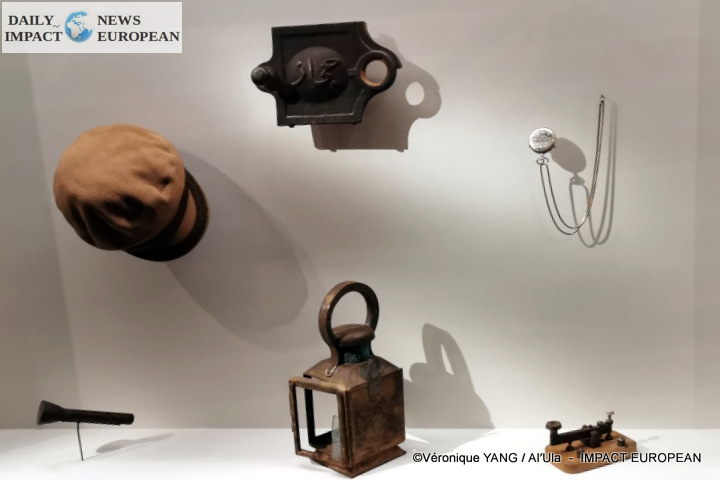
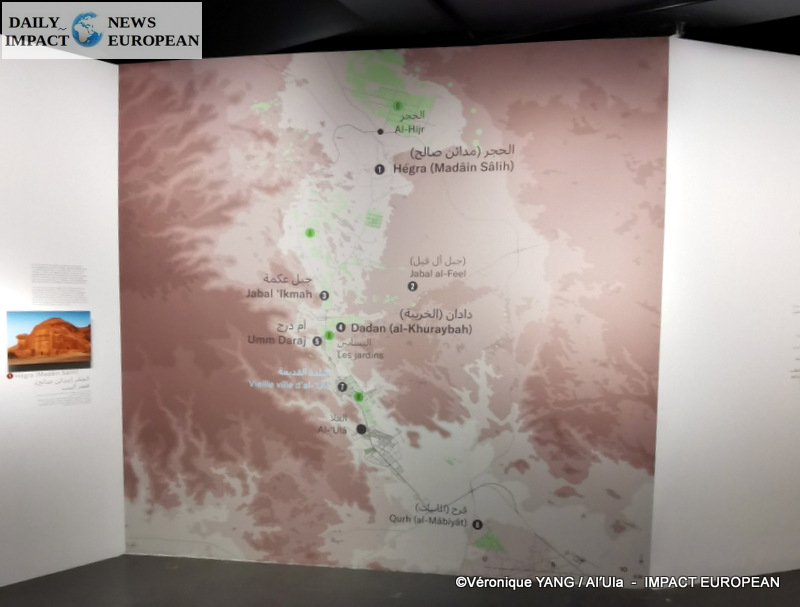
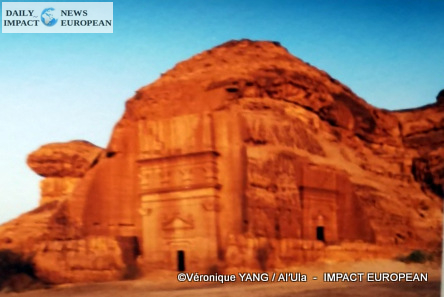
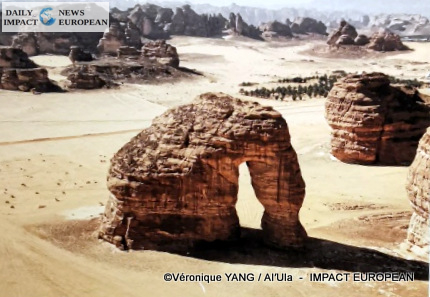
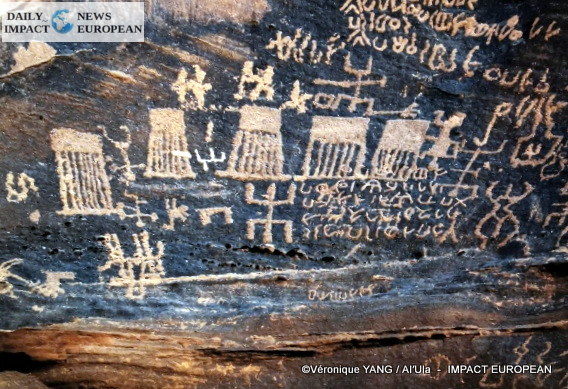

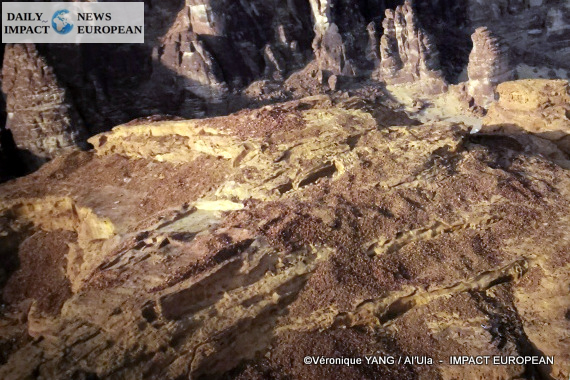
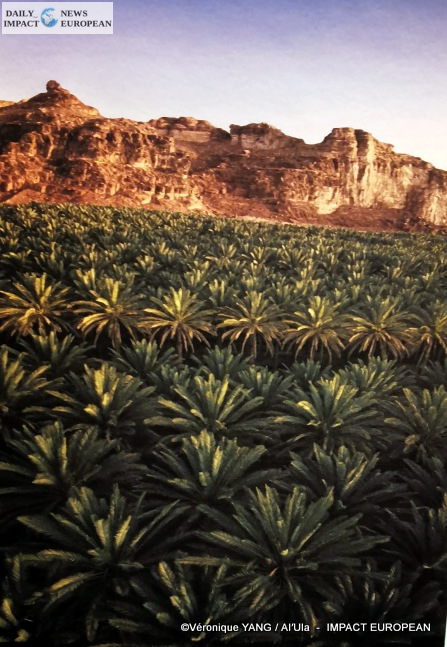
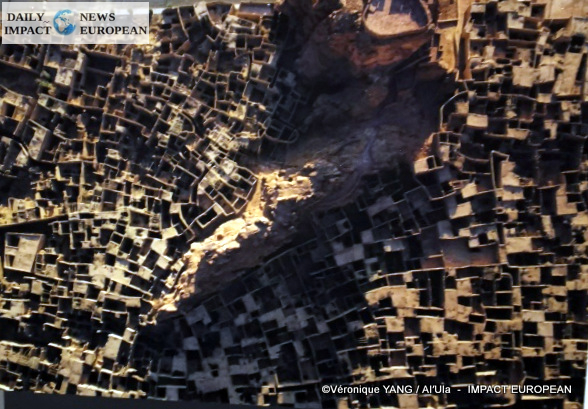
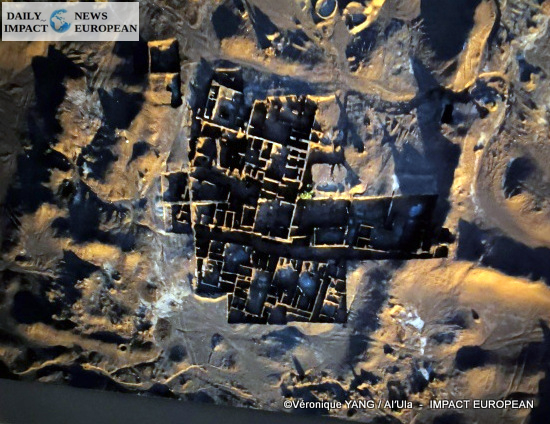
More Stories
METAL D’ALCOVE, the workshop of Eric KATZ, lighting sculptor in Montmartre
Gelsomina
Stars of the 80s and 90s in concert at Bobino for underprivileged children